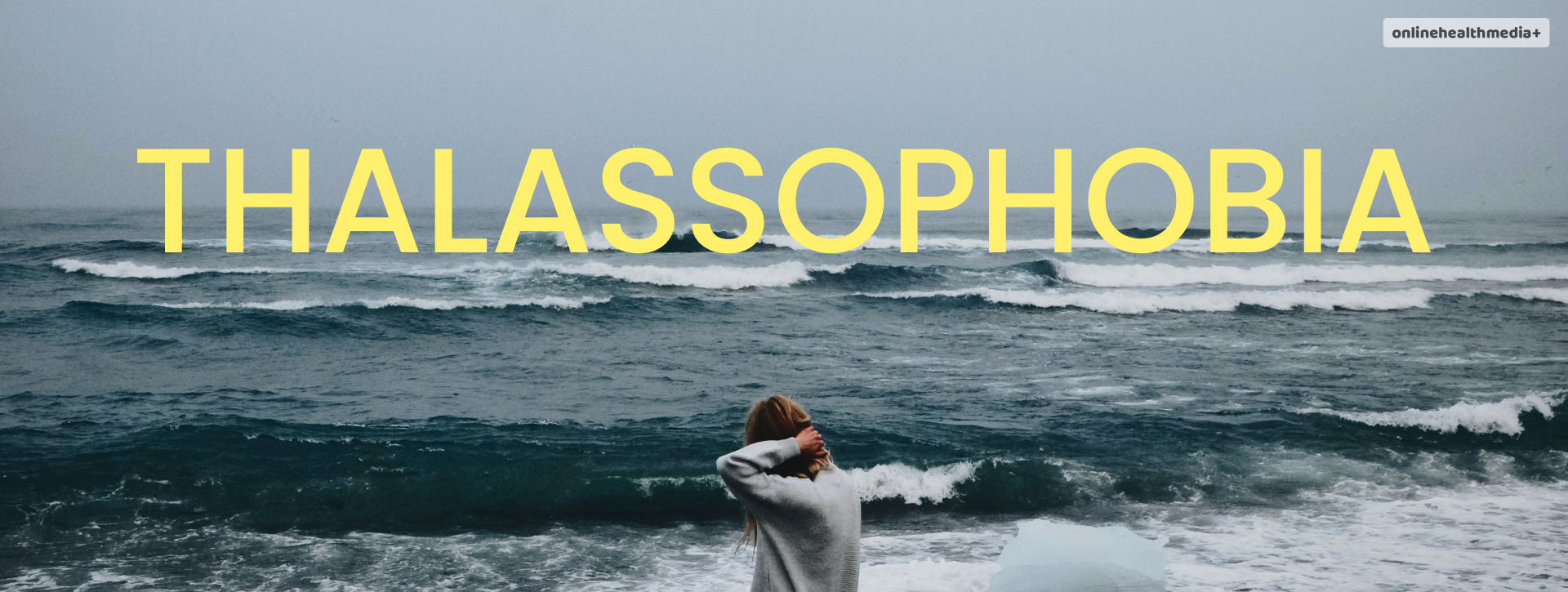Fear Of The Ocean: Causes, Symptoms, Complications And Treatment.
Moana wouldn’t be very happy if she developed this condition. Science refers to intense phobia of large or deep water as thalassophobia. The fear that is triggered when a person sees a large water body or the ocean is connected to extreme anxiety that may even take the form of a disorder.
The risk of developing this form of anxiety disorder is dependent on several factors which will unfold as you proceed to read the article.
Some people find calm and peace while looking at the vast ocean, some go fishing at the lake with their family, but for those who have this fear, it is unfair! They cannot experience the ocean or large water bodies as others and that makes me empathize with them even more.
The word has Greek origins and can be broken up to- thalassa which means the sea, and phobos which means fear. This condition is one of the common phobias that can be observed in people across the globe. As per estimates, at least 10% of people in the US have this fear.
Contents
Thalassophobia 101

This fear is not just related to what we felt after watching Jaws- this is more intense than feeling that adrenaline rush for a few hours or days at best.
Feeling a little anxious before scuba diving is way different than being uncomfortable even at the thought of the ocean. It is a serious issue that can be treated, however, it requires professional help which can make things easier for people.
The fear of deep water can be something that has a definite cause, as you’ll discover shortly. There is more to this than just being scared of the ocean after watching a movie. If you have been experiencing anxiety for more than six months, the rest of the article is very helpful for you.
Causes

Like all other phobias, there’s a chance that you have developed this deep fear of oceans or even large water bodies due to something traumatic that you witness/ed. From a psychological perspective, something that triggers anxiety for a long time or leads to an anxiety disorder links with dysfunctions in the amygdala.
This is an emotional response to an event that you went through and is usually due to an original threatening situation. The individual who has an extreme and irrational fear about the sea or any other large water body is more likely to develop this disorder.
As per experts, the following reasons may justify why you have the fear:
- Witnessing something traumatic happening to a person who was close to you.
- Direct experience of something traumatic related to the ocean or a large water body.
- Having a panic attack while being surrounded by sea, ocean or a large water body.
Apart from these, there can be other aspects of the fear such as a fear of water in general. This can lead to the anxiety of seeing a huge amount of water in one place.
Cases have been found where people were influenced by movies or news coverage for a longer time than a few hours or days.
Usually phobias develop due to childhood experiences of traumatic events, however, adults may also develop a phobia due to an extreme situation.
Symptoms

The symptoms that you need to watch out for or make sure you recognize the pattern in someone else are listed below:
- Extreme fear
- Anxious feeling
- Feeling breathless
- Shaking or trembling
- Profuse sweating
- Fast heart beat
- Hyperventilating
- Lightheadedness
Individuals with thalassophobia may feel dissociated when they are near a large water body or even at its mention. This feeling is better described as a feeling of disconnection from the body. This can heighten the anxiety.
People with this condition have an extreme experience as they can also have panic attacks.
Panic attacks in these situations can be due to the body’s fight or flight response which the fear activates. The panic attacks are not serious in themselves, however, people can feel as if they are losing control of the situation which worries them more.
The diagnosis of all phobias is based on the criteria from the Diagnostic and Statistical Manual of Mental Disorders, 5th edition also known as DSM-5.
Complications
The condition can develop to the extreme stage if it is not treated as soon as possible. The complications that can occur with this fear is mainly the extreme experience of the symptoms. Moreover, some people may even develop anxiety even looking at the images.
This is an indication of the condition developing to an extreme level. The triggers can change from being surrounded by a large water body to even flying over it.
Coping With Thalassophobia

A fear of the ocean can be difficult to deal with, however, there are ways to manage the symptoms. Usually, the symptoms are targeted by experts. This is because it is an effective way of letting the individual experiencing the condition feel “in control” of their fear.
As noted above, the feeling of dissociation is one of the major symptoms that are experienced by people. Thus, when help is available for them to cope with these major symptoms there are better chances for the person to treat the condition.
Through coping mechanisms, experts can help individuals feel better about being around the ocean. Majority of the coping mechanisms focus on recentering the attention to oneself or the things that can be controlled.
Deep breathing is one such technique that can help you focus on the ways to calm yourself, instead of spiraling into anxious thoughts.
Treatment Options

The treatment options for this disorder includes cognitive behavioral therapy which is a type of talk therapy. This helps the individual experiencing the disorder process their thoughts and beliefs. This aids in reducing the anxiety that is being caused by the fear.
For example, if you have symptoms of thalassophobia, the therapist can help you learn about the ways to recognize anxious thoughts and understand them better. In addition, the thoughts can then be analyzed to see how they are affecting your physical symptoms, behavior and emotions.
The questions that therapists usually have for the people seeking help are related to the origin of the fear. These can include describing the situation or event that may have been the starting point of the phobia.
These help the therapists gain a clear picture of the approach that can help you best.
Conclusion
This was all on the fear of seas and how you can recognize the signs and symptoms. The article highlighted the causes of the fear and the possible triggers that can lead to the condition. The complications related to the condition were also discussed, along with the intense fear that something terrible may happen.
National helplines can help you get access to professional help in case of emergencies. For example, National Suicide Prevention Lifeline, National Institute of Mental Health (NIH) and the National Alliance on Mental Illness (NAMI).
Also Read
- Top 10 Best Hair Cream For Men in 2021
- Top 10 Best Waist Trimmer Belt For Men And Women in 2024
- Fear Of Large Objects: Causes, Symptoms And How to Cope With Megalophobia.



